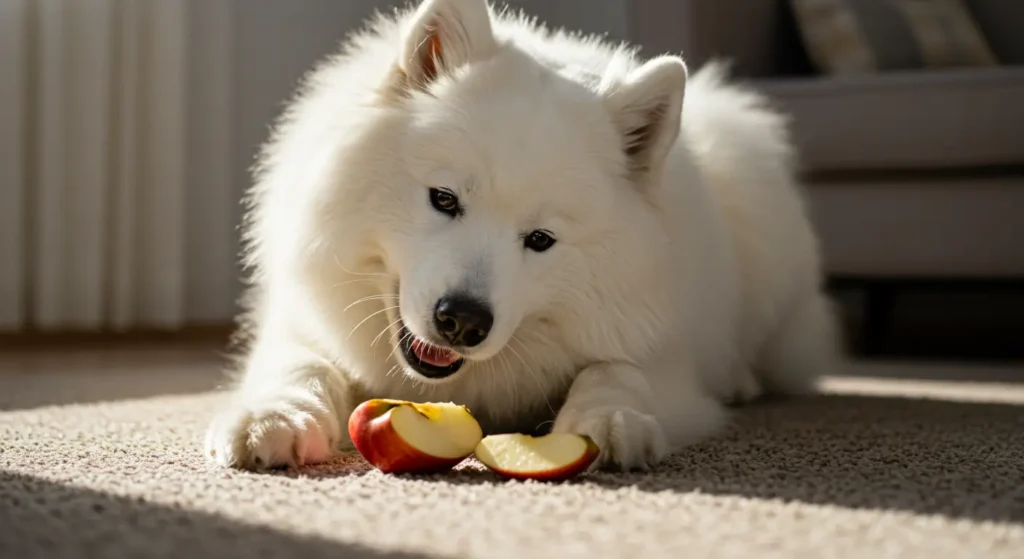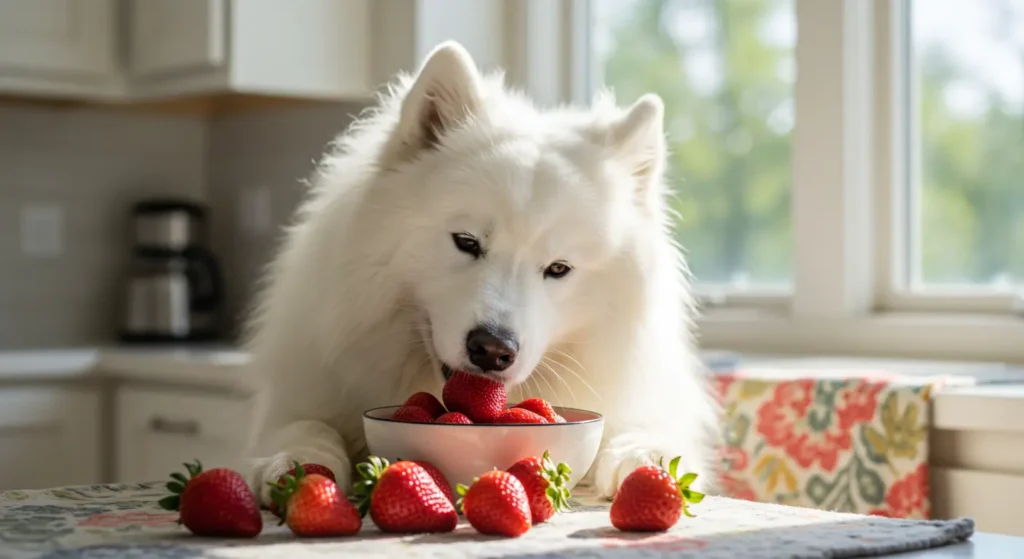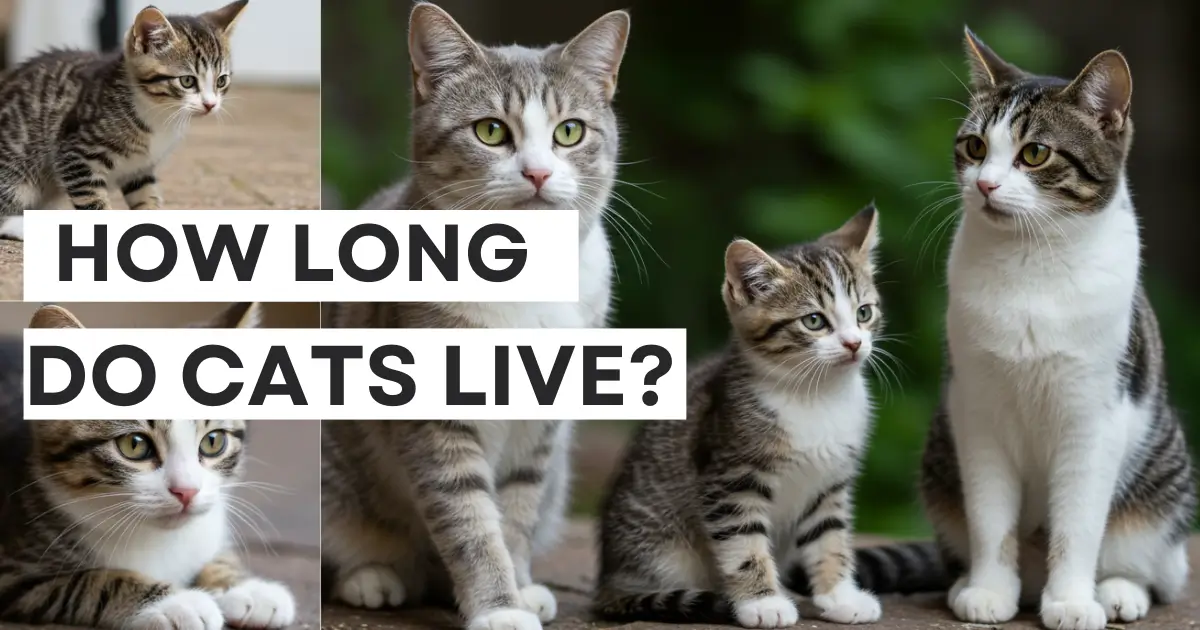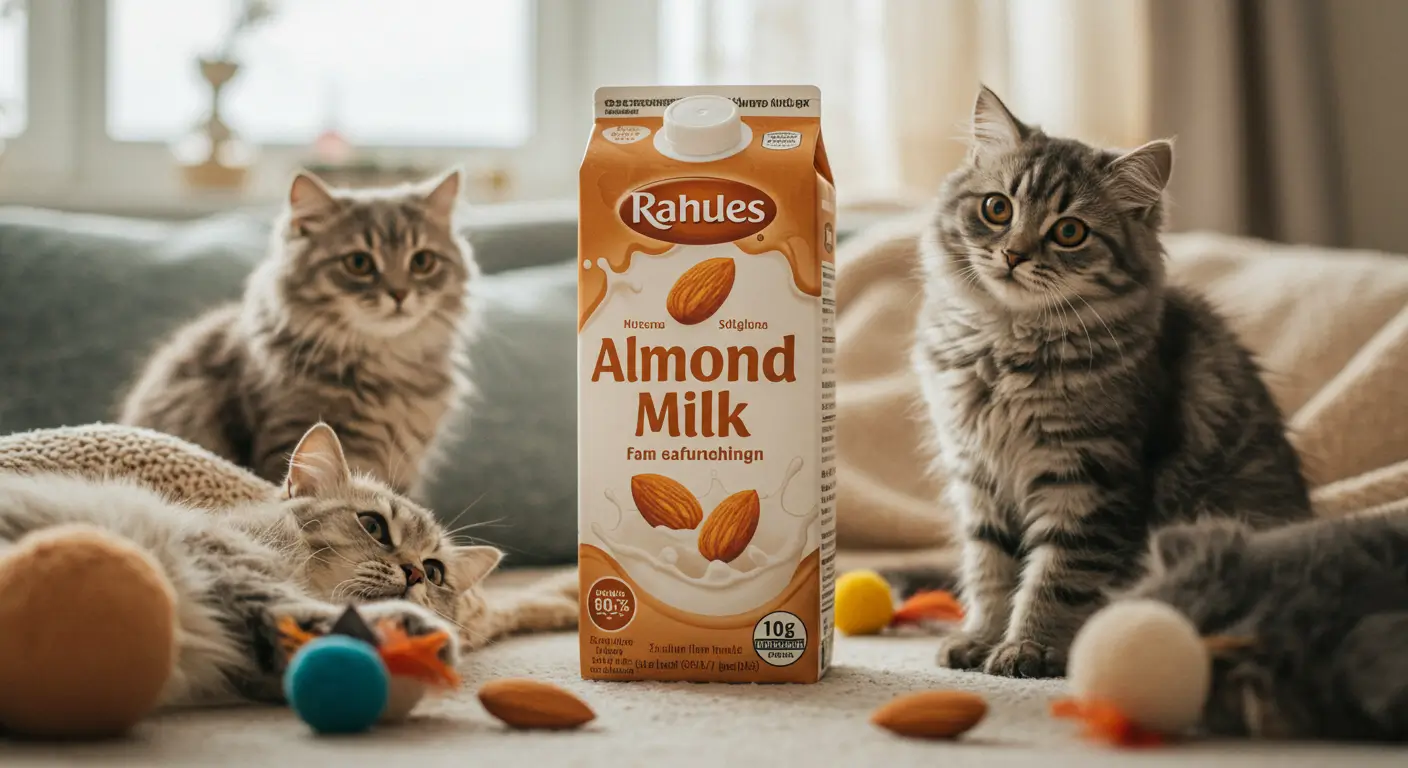Why Do Cats Purr? Discover 5 Fascinating Reasons Behind the Sound
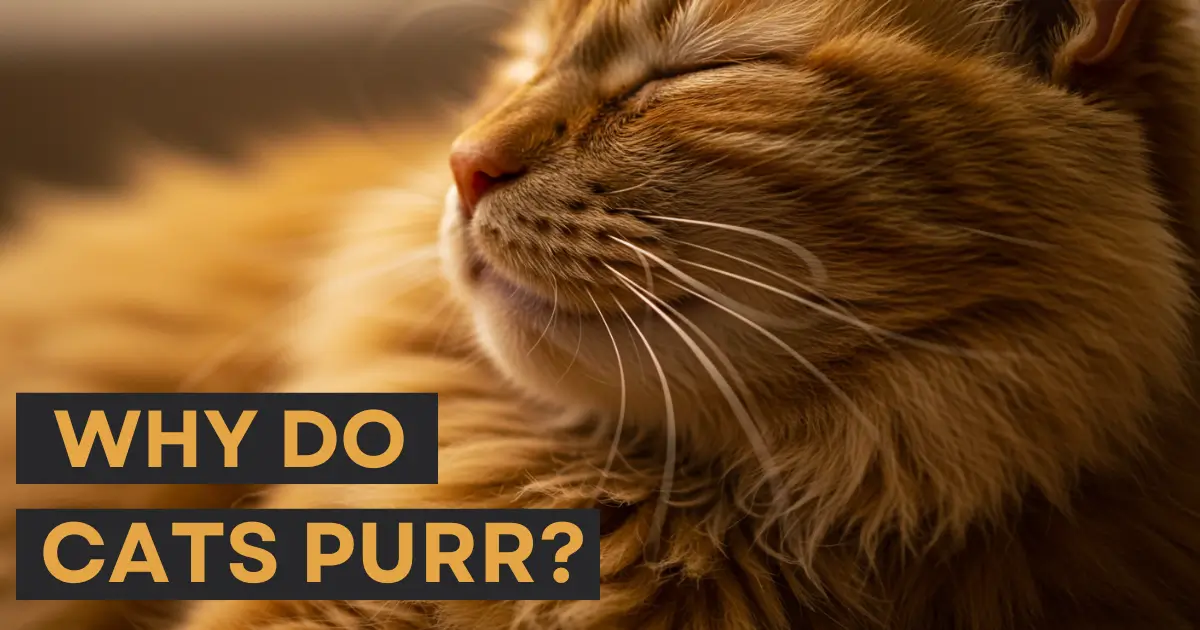
Picture this: you’re relaxing after a long day, and your cat climbs into your lap, purring softly. The gentle vibrations seem to melt away the day’s stress, creating an almost magical connection between you and your furry companion. But have you ever stopped to wonder why cats purr? Is it always a sign of happiness, or does it serve other purposes? Let’s delve into the fascinating science and secrets behind this unique feline behavior.
What Is a Cat’s Purr? A Scientific Overview
The Mechanics of Purring
Cats purr by activating specific muscles in their larynx (voice box), which open and close the glottis as they breathe. This process creates vibrations that range between 25-150 Hz, a frequency that’s not only soothing but also has potential healing properties. Scientists believe that this rhythmic vibration might even have a calming effect on the cat itself.
The vibration frequencies within this range have been linked to tissue repair and bone regeneration. This discovery has sparked significant interest in understanding how purring could be a biological adaptation for self-healing in cats.
Evolutionary Purpose of Purring
Purring likely evolved as a way for kittens to communicate with their mothers. Kittens begin purring shortly after birth, signaling to their mothers that they’re safe, content, or in need of attention. As cats grow, they continue to use purring as a versatile form of communication and self-regulation.
In wild cats, purring might have also served as a stealth communication tool to avoid attracting predators. By purring instead of making louder vocalizations, cats could communicate with their young or companions discreetly.
Why Do Cats Purr? The Many Reasons Behind the Sound
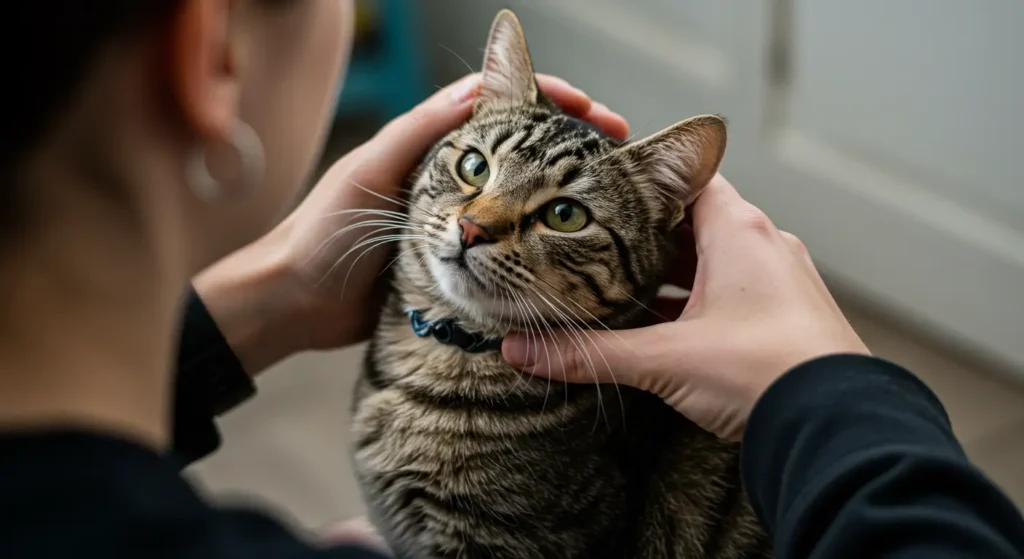
1. Purring for Contentment and Happiness
Cats often purr when they’re comfortable and happy. You’ll notice this behavior when they’re snuggled in a cozy spot, receiving gentle strokes, or enjoying a favorite treat. It’s their way of showing trust and affection.
Beyond mere contentment, purring might also serve as a way for cats to reinforce their bond with you. When they purr during affectionate moments, they’re effectively saying, “I feel safe with you.”
2. Purring as a Self-Soothing Mechanism
Cats don’t just purr when they’re happy. They also purr when they’re stressed, injured, or unwell. The vibrations may act as a natural pain reliever and help them relax. Research suggests that the specific frequencies of a cat’s purr can stimulate tissue healing and bone regeneration, making it a natural self-healing tool.
For example, a cat recovering from surgery may purr more frequently. It’s believed that the vibrations stimulate blood flow and aid in reducing inflammation.
3. Purring as a Form of Communication
Newborn kittens purr to signal their presence and well-being to their mothers. This ensures that they receive care and attention. Adult cats may use purring to communicate with humans and other animals. Whether it’s a plea for food or an invitation for cuddles, their purrs carry meaning.
Interestingly, cats also use purring in multi-cat households to establish social harmony. A purring cat can diffuse tension and create a more relaxed group dynamic.
4. Hunger Purrs: A Unique Twist
When your cat is hungry, its purr may take on a different tone. This “solicitation purr” is slightly higher-pitched and often accompanied by other vocalizations, making it hard to ignore. It’s their clever way of getting your attention.
Studies suggest that this type of purr mimics the frequency of a baby’s cry, which might explain why humans find it so difficult to resist.
How Does a Cat’s Purr Benefit Humans?
The Healing Power of Purring
Spending time with a purring cat isn’t just enjoyable; it’s good for your health. Studies have shown that the frequencies of a cat’s purr can:
- Lower stress and anxiety.
- Reduce blood pressure.
- Promote relaxation and improve mood.
- Aid in physical healing by stimulating body repair mechanisms.
The vibrations of a cat’s purr create a calming ambiance, which can be especially beneficial for individuals dealing with high-stress levels or mental health challenges.
Emotional Bonding Through Purring
When your cat purrs in your presence, it’s a sign of trust and affection. This soothing sound helps create a strong emotional bond between you and your feline friend, making you feel loved and valued.
Moreover, purring has been shown to release endorphins in both cats and humans, enhancing feelings of happiness and reducing feelings of loneliness or isolation.
Tips to Encourage Purring in Your Cat
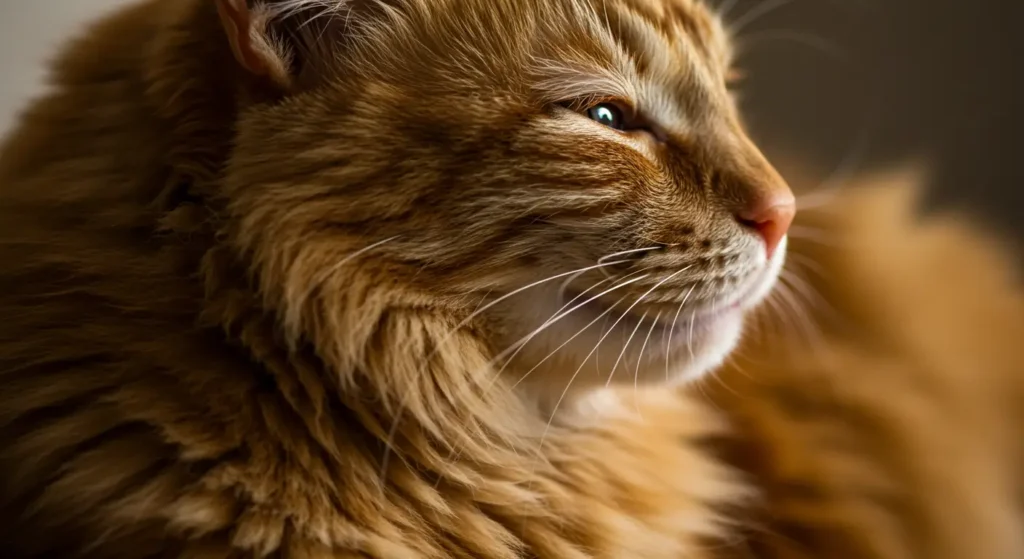
Creating an environment where your cat feels safe and happy is key to encouraging purring. Here are some practical tips:
| Tip | Description |
|---|---|
| Gentle Petting | Stroke your cat’s head, chin, or back. |
| Creating a Safe Space | Provide a cozy and quiet environment. |
| Positive Reinforcement | Reward your cat with treats when it purrs. |
| Recognizing Preferences | Learn what your cat likes and dislikes. |
| Consistent Routine | Maintain a stable daily schedule to reduce stress. |
FAQs About Why Cats Purr
Do all cats purr?
Not all cats purr. For instance, larger wild cats like lions and tigers roar but lack the ability to purr continuously like domestic cats.
Is purring always a sign of happiness?
No. Cats also purr when they’re stressed, scared, or in pain. It’s important to observe their body language to understand the context.
Can cats control their purring?
Yes, cats can purr voluntarily to communicate or seek comfort, though some aspects of purring may also be reflexive.
Why do kittens purr?
Kittens purr to communicate with their mothers, signaling that they are content, safe, or in need of attention.
How can I tell the difference between happy and stressed purring?
Pay attention to other signs like body posture, tail position, and facial expressions. Happy purring is usually accompanied by relaxed behavior, while stressed purring might include flattened ears or a tense body.
Conclusion: The Beauty of a Cat’s Purr
A cat’s purr is a remarkable trait that serves multiple purposes, from expressing happiness to promoting healing. Understanding the nuances of why cats purr not only deepens your bond with your feline friend but also enriches your appreciation for their unique nature.
Whether it’s a sound of joy, a method of communication, or a tool for self-soothing, the purr remains one of the most fascinating aspects of feline behavior. Embrace it, nurture it, and take comfort in the knowledge that your cat’s purr is their gift to you.
Have a special moment when your cat’s purr brightened your day? Share your story in the comments below and let’s celebrate the magic of our feline companions!




